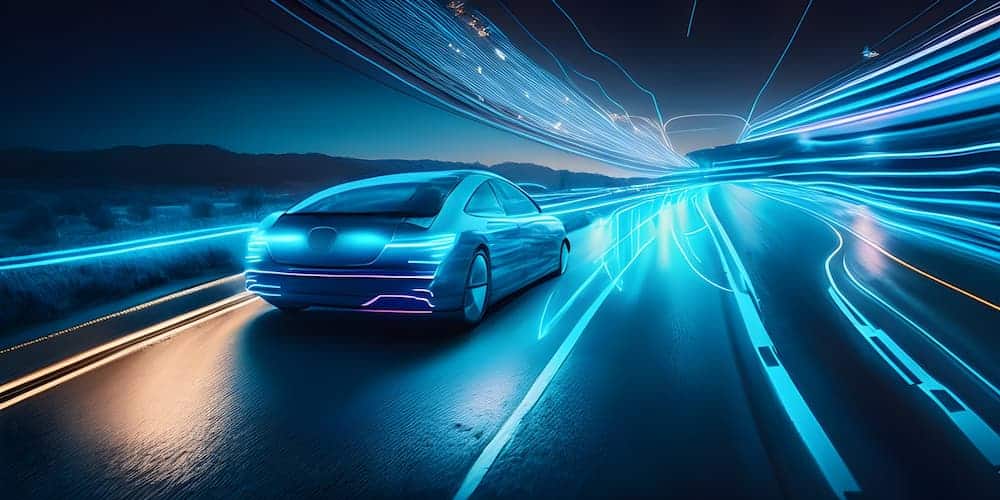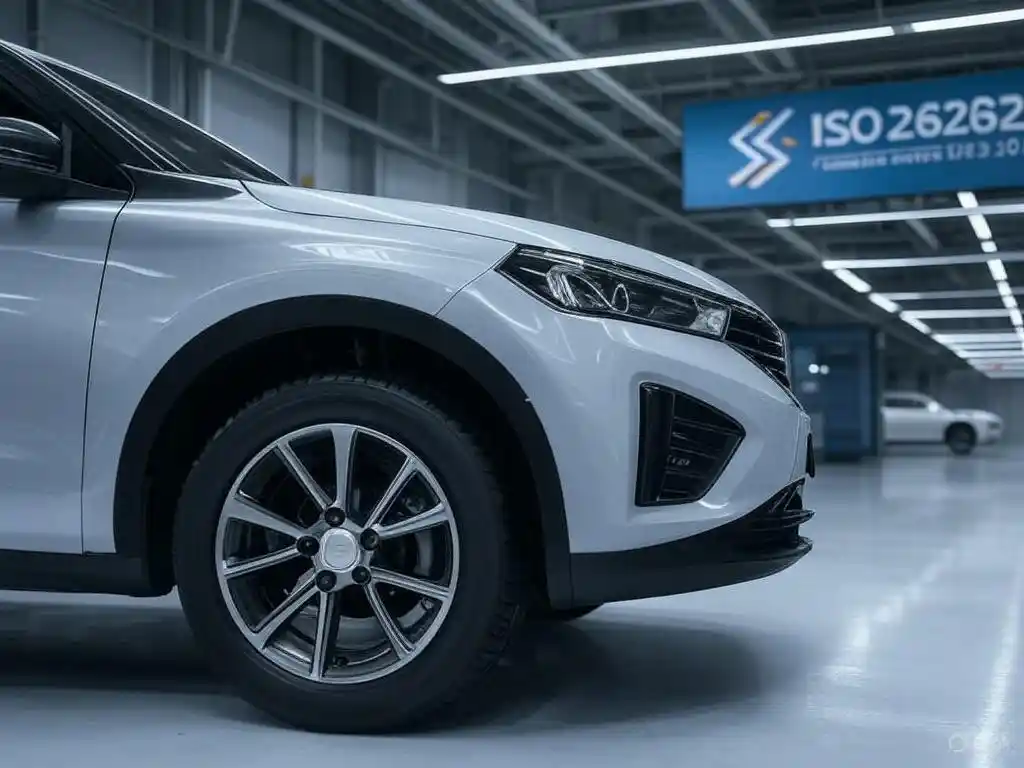ISO 26262 Requirements: Essential Guidelines for Automotive Safety Compliance
Apr 07, 2025ISO 26262 requirements form the backbone of functional safety in automotive development. Organiza...
Simma Software, Inc., the J1939 experts, specializes in real-time communication protocols and flash bootloaders for the embedded systems industry. Our product line includes solutions for J1939, CANopen, CAN, J1587, J1708, J2497, J1922, ISO 15765, OBD-II, UDS, XCP, and KWP2000.
Our software is used in millions of electronic control units, 700 plus designs, and by more than 1000 global customers. Our products are used by Ford, Boeing, the US Military, several tier one suppliers to all major OEMs (e.g. Freightliner, International), several cellular equipment providers, and diagnostic equipment manufacturers.
Learn More
Simma Software specializes in safety critical real-time embedded software development, including J1939, UDS, various flash bootloaders, XCP, LIN J1708, and J1939 interface options for the automotive industry. We have a proven track record, solid reputation, and strive for our software development to be on time and defect-free.
We’ve led or assisted with more than 1000 embedded systems, 500 CAN bus designs, including NMEA 2000. Also, we design wireless J1939 to WiFi , J1939 to RS-232
and J1939 to USB.
“JR Simma is one of the best software engineers I have ever worked with. He is a member of the rare breed of software engineers who can not only write good, efficient, bugless code, but also understands the hardware enough that he can debug both HW and SW problems.”
“JR Simma is one of the finest software engineers I’ve worked with. He quickly comprehends new technologies and is likely to improve upon them in the process.” *
“I have worked directly with JR for more than 2 years designing and developing embedded software and systems. I have found him to be hard working, honest, and thorough. He communicates well, works in both a team environment and as an individual, and pays attention to detail. JR is also a top notch programmer, who maintains an excellent system perspective throughout code development. In addition, his extensive experience in data link communications has been valuable many times, quickly identifying issues that would take others much longer to find. I highly recommend him for any embedded systems project.” *
“Every time I see a semi trailer stop safely, I thank Simma Software.” *
“JR Simma is by far the best programmer I’ve ever met. I work in a large scale company providing software support. I’ve supported software on numerous enterprise applications and have examined software written by hundreds of designers. I’ve debugged problems down to the bit level many times. On a few occasions I’ve been completely stumped. I’ve called JR Simma on the phone and described the problem symptoms and what I know about the problem. Literally over the phone without seeing any code, he has pin pointed the problem. That is amazing. No other software programmer I know comes close to him in depth of knowledge.” *
* Due to corporate policy, these submissions wished to remain anonymous

ISO 26262 requirements form the backbone of functional safety in automotive development. Organiza...

ISO 26262 plays a critical role in the automotive industry, ensuring functional safety in electri...

Automotive safety is paramount in today’s evolving vehicle landscape. One of the critical element...
Global Customers
Protocol Stacks
CAN Device Drivers
Flash Bootloaders
Microcontrollers & DSPs
Real Time Operating Systems
